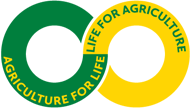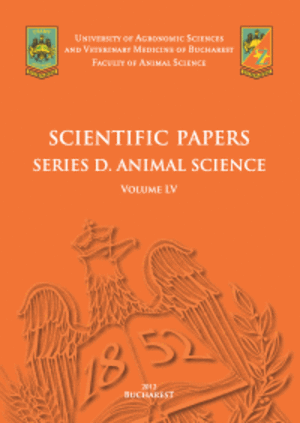Published in Scientific Papers. Series "Management, Economic Engineering in Agriculture and rural development", Vol. 24 ISSUE 2
Written by Carina Andreia DOBRE, Adina Magdalena IORGA, Iuliana ZAHARIA
Touristic and agritouristic guesthouses in Romania own authentic resources that represent elements of maximum attraction, and Satul Banului Guesthouse is representative for promoting the authentic vernacular Romanian, Muntenia style in the touristic offer. The study aims to identify the rough guide criteria by which tourists select guesthouses and how much it is appreciated, according to multiple socio-demographic categories, the local national authenticity through services and other opportunities. The data were collected through an original questionnaire which includes 33 subjects, customers of Satul Banului Guesthouse, with the following demographic structure: 5 .5% men and 48.5% women, ages between 3 -50 years are predominant, and 66.7% of the respondents have university degrees. The results indicated that: the proximity to the home is not a significant indicator; tourists between 3 -50 years choose a good quality/price offer; especially male tourists choose a guesthouse appreciating Romanian authenticity (56.67%); participation in outdoor activities is strongly segregated, and cultural tours is especially important for women.
[Read full article] [Citation]

 Next Issue will be published according the the calendar.
Next Issue will be published according the the calendar.



